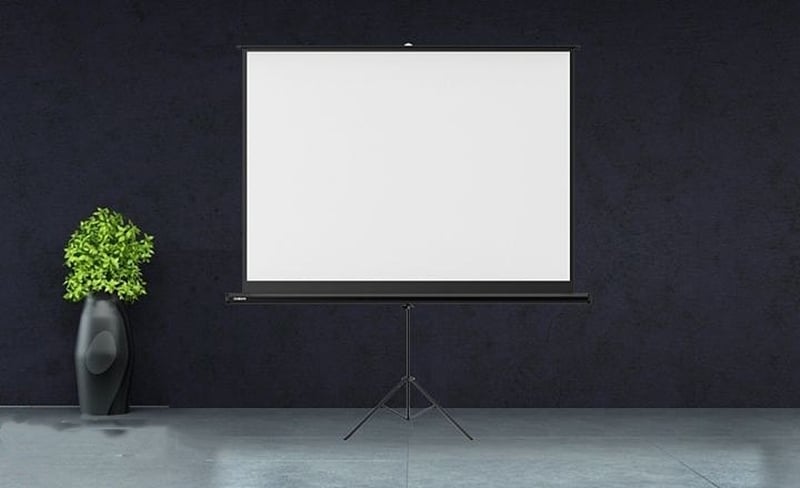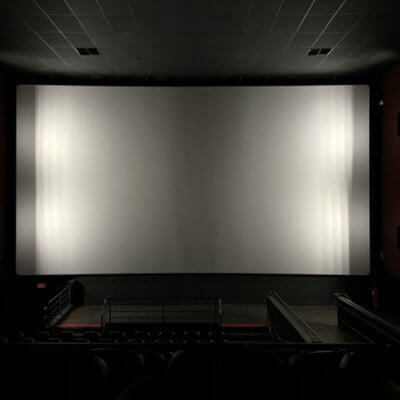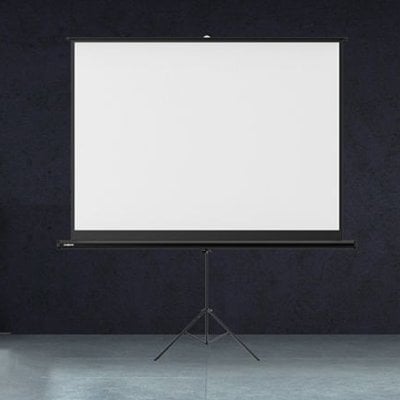Among all the materials for projector screens, there is a special one – glass beaded. We would find that glass beaded projector screens are still available on market, however, this is a kind of material on its way of fading out.
Glass beaded projector screens were once very popular, because back in times that projector technology was less advanced, projectors were not able to produce enough light, even the highest end one may only produce as much as 2000 ANSI lumens. Glass beaded screens can increase the brightness to a certain degree, kind of filling the gaps.
The reason that glass-bead screens are able to level up brightness of image is that they are retroreflective, which means they could reflect light directly and intensely back to its source. People who sit facing the center of the screen will get a very bright image output. Meanwhile, people who sit off-axis will find that the image grows grey and lose contrast.

So you can see that the biggest problem about glass beaded screen is narrow viewing cone. Beyond this, Glass beaded projector screens are less environment-friendly and less durable. Since there are millions of tiny glass bead on the surface, maintenance becomes a problem. It is usually recommended to use feather duster to clean the surface.
As we all know, nowadays most of projector can produce high enough lumens, consumers are not necessarily pursuing for projector screens with very high gain value. Naturally, glass beaded screens, once stand out in high gain value, now are out of date due to its narrow viewing cone.


